Petrified Wood: The Gemstone of Transformation
What is Petrified Wood? Metaphysically speaking it’s a symbol of man’s infinite connection with nature.
The process of petrification begins with three raw ingredients: wood, water and mud. A material formed by the silicification of wood, generally in the form of opal or chalcedony, in such a manner as to preserve the original form and structure of the wood. Also known as agatized wood; opalized wood; petrified wood; woodstone. Petrified wood has been preserved for millions of years by the process of petrification. This process turns the wood into quartz crystal which is very brittle and shatters. Even though petrified wood is fragile, it is also harder than steel.
Petrified wood (from the Greek root petro meaning “rock” or “stone”; literally “wood turned into stone”) is the name given to a special type of fossilized remains of terrestrial vegetation. It is the result of a tree having turned completely into stone by the process of permineralization. All the organic materials have been replaced with minerals (mostly a silicate, such as quartz), while retaining the original structure of the wood. Unlike other types of fossils which are typically impressions or compressions, petrified wood is a three-dimensional representation of the original organic material. The petrifaction process occurs underground, when wood becomes buried under sediment and is initially preserved due to a lack of oxygen which inhibits aerobic decomposition. Mineral-laden water flowing through the sediment deposits minerals in the plant’s cells; as the plant’s lignin and cellulose decay, a stone mould forms in its place.
In general, wood takes less than 100 years to petrify. The organic matter needs to become petrified before it decomposes completely. A forest where the wood has petrified becomes known as a Petrified Forest.
Elements such as manganese, iron and copper in the water/mud during the petrification process give petrified wood a variety of color ranges. Pure quartz crystals are colorless, but when contaminants are added to the process the crystals take on a yellow, red, or other tint.
Following is a list of contaminating elements and related color hues:
- carbon – black
- cobalt – green/blue
- chromium – green/blue
- copper – green/blue
- iron oxides – red, brown, and yellow
- manganese – pink/orange
- manganese oxides – blackish/yellow
Petrified wood can preserve the original structure of the wood in all its detail, down to the microscopic level. Structures such as tree rings and the various tissues are often observed features.
Metaphysical facts about Petrified Wood: Used to connect to past lives, for grounding, to attract wealth, strength and courage, reminds one of nature, used to stimulate the root chakra, brings about mental calm and centers the energy body.
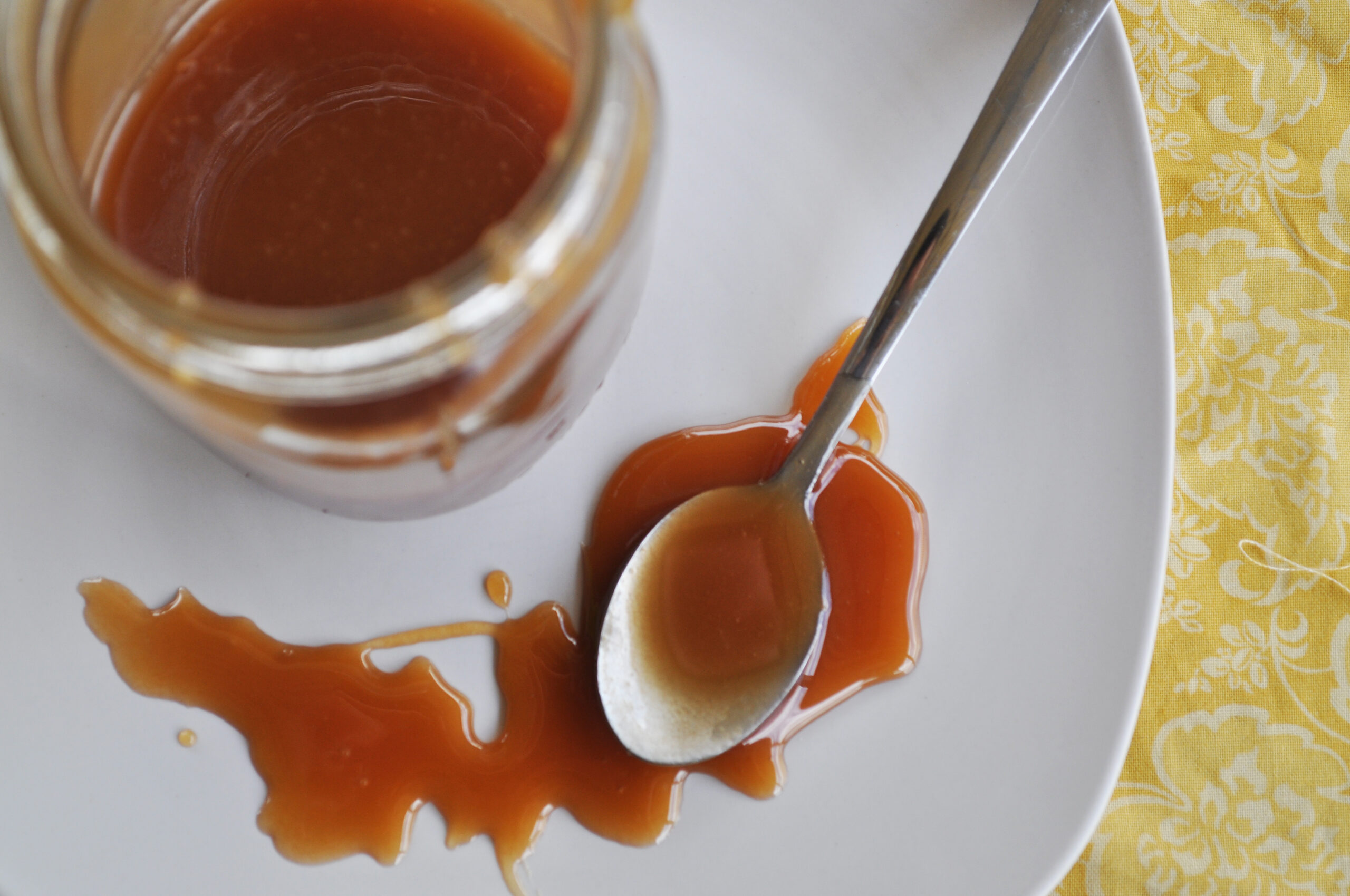
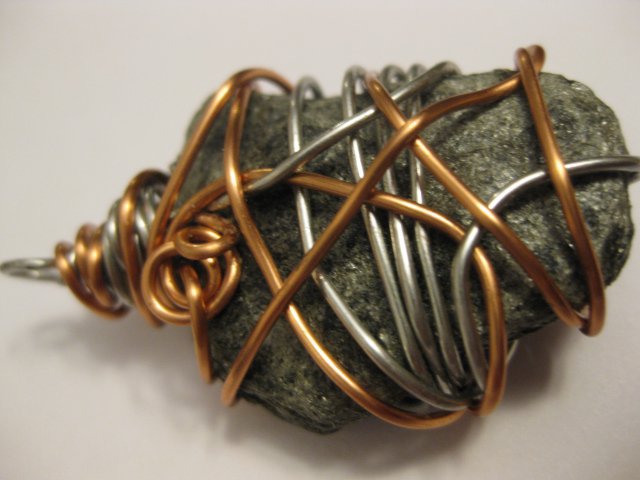

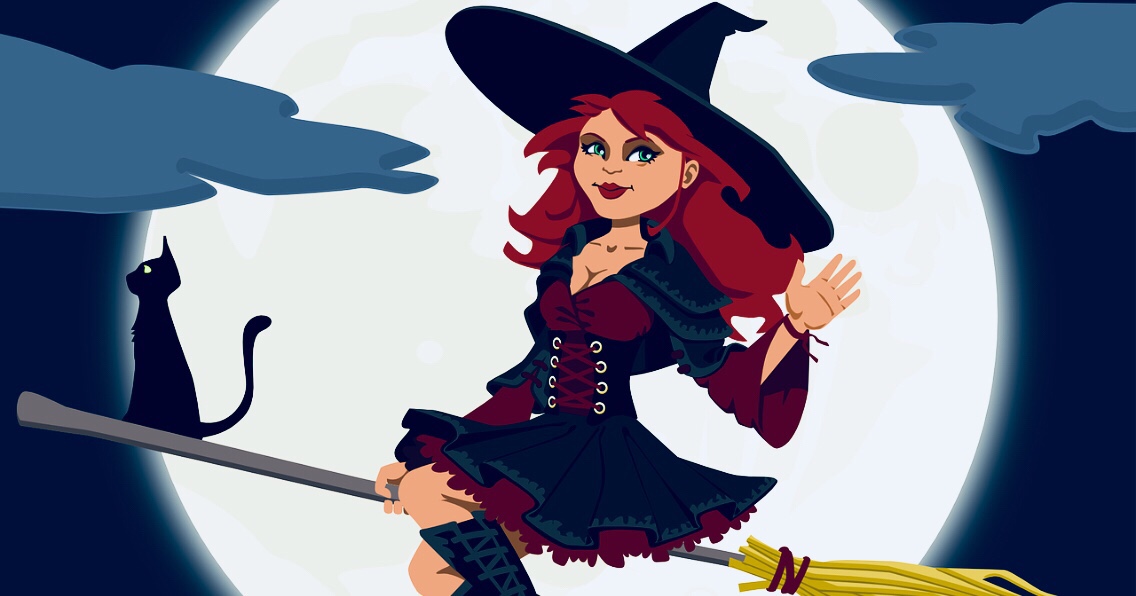
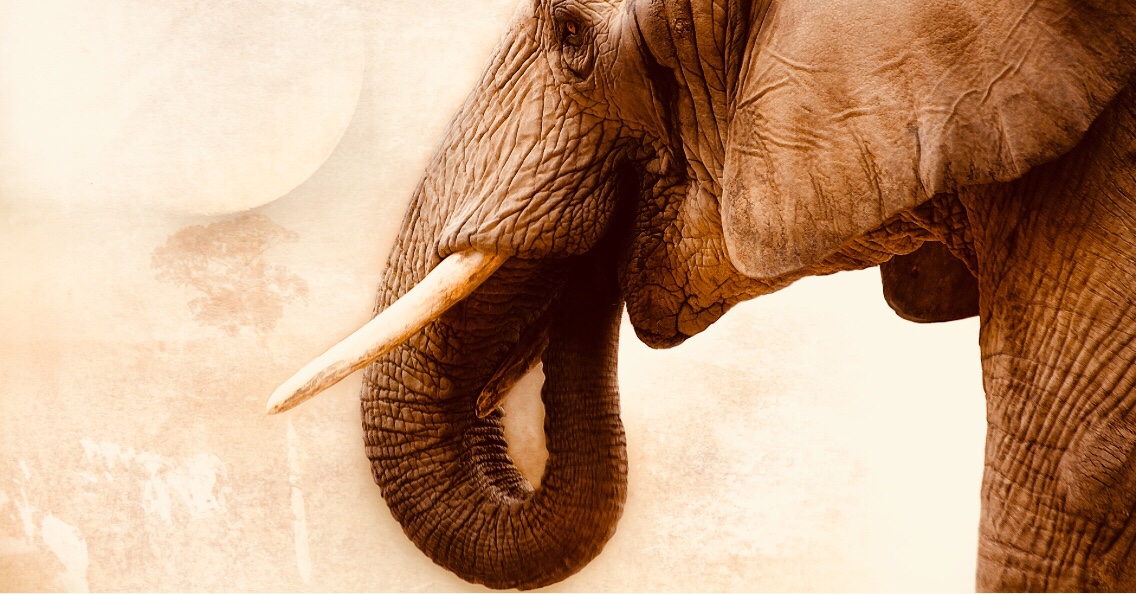
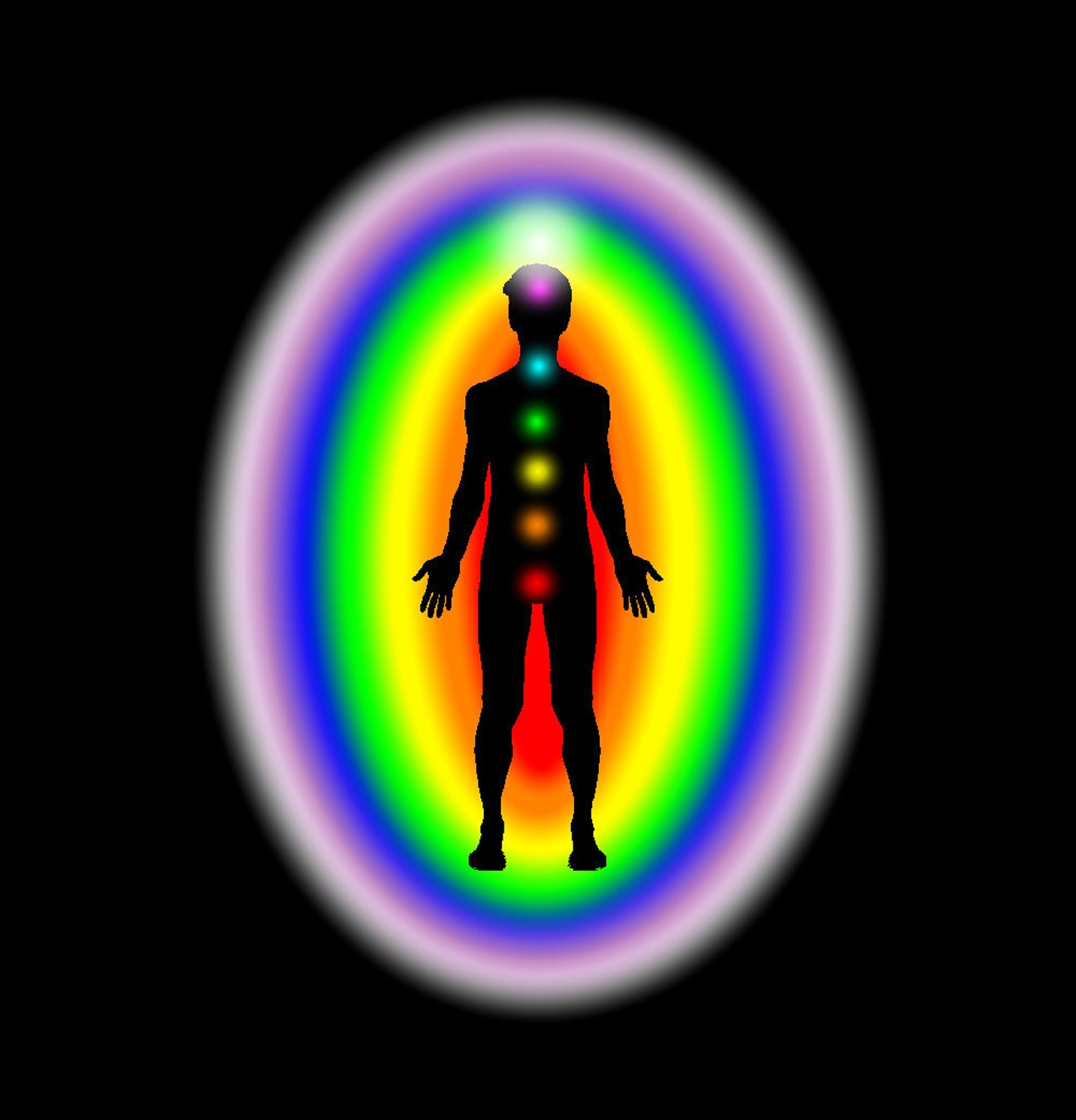
5 Comments
Pingback:
FREE ARTICLES DIRECTORY
yes, that right, but my friend all ways said it is not, but i know you and me are right.
Vimax Brasil
Howdy there, I identified your web-site by the use of Google even as on the lookout for a correlated matter, your internet web-site came up, it would seem great. I
Sereda Dailey
Thanks for finding us 🙂